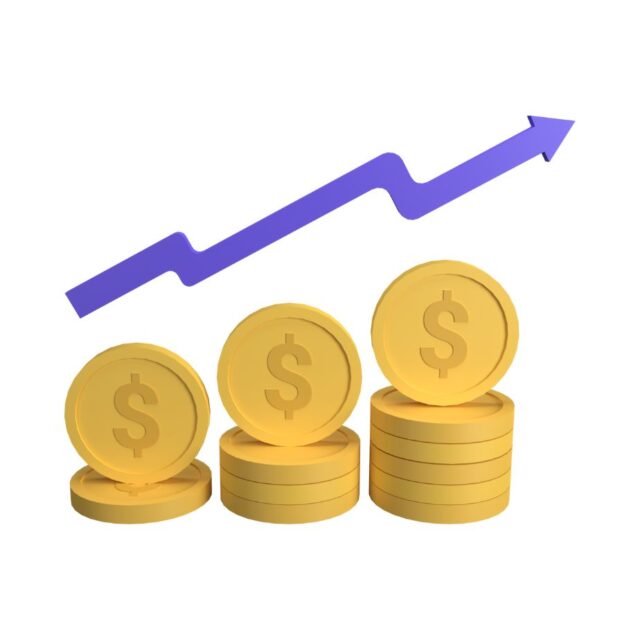
In the world of investing, there are two key metrics to keep an eye on: volume and open interest. Volume is the number of shares or contracts that have been traded over a given period of time, while open interest is the total number of outstanding contracts that have not been resolved. In this blog post, we’ll take a closer look at these two metrics and discuss which one is more important. Stay tuned!
Volume – what is it and why should you care about it
In the world of stocks and investments, volume is the number of shares traded in a given period of time. It’s used as a way to measure the activity in a particular stock or market. Many investors believe that high volume is a sign of interest and potential growth, while low volume could be an indication that a stock is not performing well. Of course, volume can also be affected by things like holidays and news events. So it’s important to look at other factors before making any decisions. But if you’re interested in investing, it’s worth considering volume as one of the many factors that can affect a stock’s price.
Open interest – what is it and why should you care about it
Open interest is the number of outstanding contracts in a futures market. It represents the total number of buyers and sellers in a particular contract and is a key indicator of market liquidity. A high open interest means there are more participants in the market and vice versa. Open interest is important because it affects the price of the contract. When open interest is high, there is more demand for the contract and prices are likely to rise. Conversely, when open interest is low, there is less demand for the contract and prices are likely to fall. As a result, open interest can be used as a tool to gauge market sentiment and predict future price movements.
How to use volume and open interest together to make informed trading decisions
When looking at volume and open interest data, there are a few things to keep in mind in order to make informed trading decisions. First, it’s important to understand that volume represents the number of contracts traded during a given time period, while open interest represents the number of outstanding contracts at the end of that time period.
In general, increasing volume indicates increasing market activity, while increasing open interest indicates that more participants are taking positions in the market. This is where things can get a bit tricky – high volume and high open interest can sometimes be interpreted as bullish signals, while low-volume and low open interest can sometimes be seen as bearish signals.
However, it’s important to remember that these are just generalizations, and that other factors (such as price) should always be taken into account when making trading decisions. With that said, by considering both volume and open interest data when making trading decisions, one can gain a better understanding of the current market conditions and make more informed choices.
Examples of how volume and open interest can be used to identify trading opportunities
Volume and open interest are two important indicators that can be used to identify trading opportunities. Volume represents the number of shares or contracts traded in a security or market over a given period of time, while open interest represents the number of outstanding contracts in a futures or options market. By studying the relationship between volume and open interest, traders can get a better sense of where the market is headed.
For example, increasing volume coupled with declining open interest can signal that prices are about to fall as traders close their positions. Conversely, decreasing volume and increasing open interest may indicate that prices are poised to rise as new buyers enter the market. By being aware of these relationships, traders can make more informed decisions about when to buy or sell.


































